Civil War Quilt Study and The UGRR
The American Quilt Study Group has self-published a book on their 2014 Civil War quilt study. Titled, In War Time: A Study of Civil War Era Quilts 1850 – 1865, the book features all 50 of the study quilts that were displayed at the 2014 AQSG Seminar along with photos of the inspiration quilts and the written statements. I am excited to get my copy of the book, since I participated in the quilt study and had my Rose of Sharon quilt on display at the 2014 Seminar.

AQSG 2014 Quilt Study book
Studying quilts and quilt history brings to light our past, uniquely telling the stories of women. Facts and myths about American quilt history proliferate in the quilting world, and studying quilts aids historians in recognizing those stories that are merely fiction. The DAR Museum in Washington DC has an exhibit on display until September 5th, Eye on Elegance: Early Quilts of Maryland and Virginia that debunks some of those myths. Mary Fons put out a Fireside Chat on a recent Quilty episode busting five common myths related to American quilting. Check it out here.
One myth is the idea that quilts were used to direct slaves North on the Underground Railroad (UGRR). In fact, many of you reading this sentence may get angry, scoff at the comment, or even stop reading this post altogether just for me stating that line. But, anyone interested in finding the truth will seek out reliable sources of information. I wondered about the idea when I first read Jennifer Chiaverini‘s fictional story, The Runaway Quilt, published in April 2003. In 2005, I was in Atlanta, Georgia walking through Underground Atlanta in the Five Points district when a sign caught my attention that directed passer-bys to an UGRR quilt show. The steps lead into an antique shop that featured an historical display of quilts, pictures, and stories advocating a quilt code used on the Underground Railroad. None of what I read convinced me that the stories verified a quilt code. After returning home, I researched the topic and found much more information on both sides of the aisle. Hidden in Plain View, authored by historians Jacqueline Tobin and Raymond Dobard, brought to light the idea of an UGRR quilt code. However, as any historian will tell you, history is constantly being retold as information is studied that brings new facts to bear on topics.
I’m not trying to convince any of my readers to change their minds, but hope that anyone truly interested in quilt history would search out the facts by studying the topic. I see so much of the quilt code myth being used to market quilting, whether through a book, fabric sales, or a quilt shop club. Some good resources to encourage study include noted quilt historian Barbara Brackman’s many published books, and her historical blogs here and here. Hart Cottage Quilts also has a reliable website with an extensive look at the topic of quilts and the UGRR.
I hope that some of you ameteur historians, like me, will check out the AQSG website and the book on the recent quilt study. And delve into the topic of quilts and the UGRR for yourself.
Enjoy…
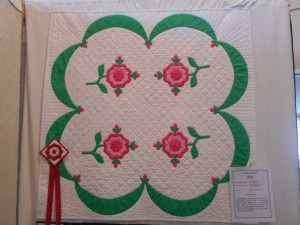

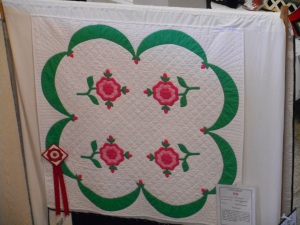
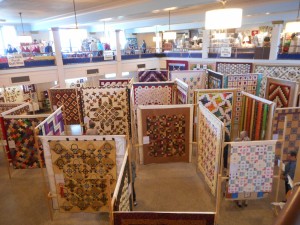
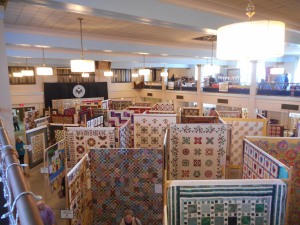
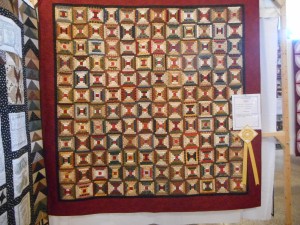
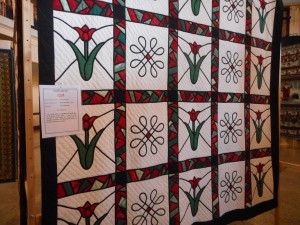
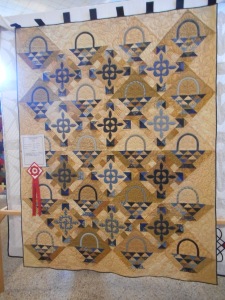
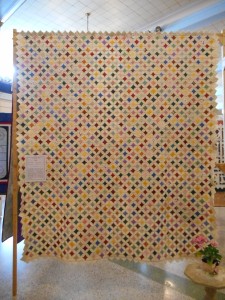
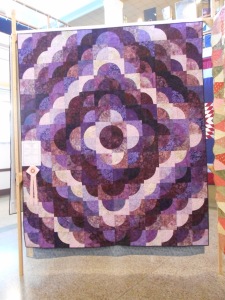
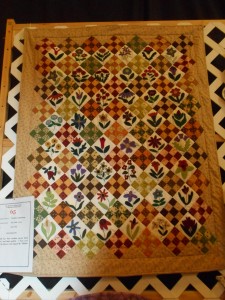
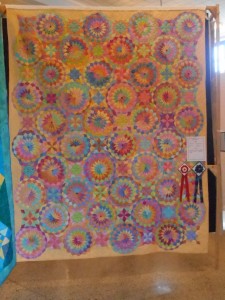
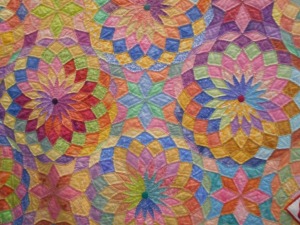
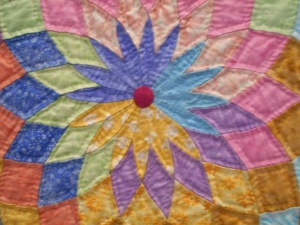
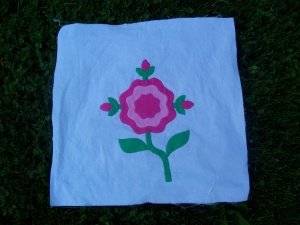
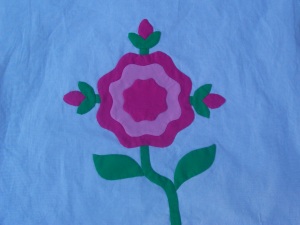
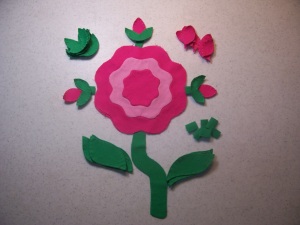
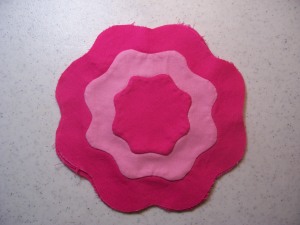






















You must be logged in to post a comment.